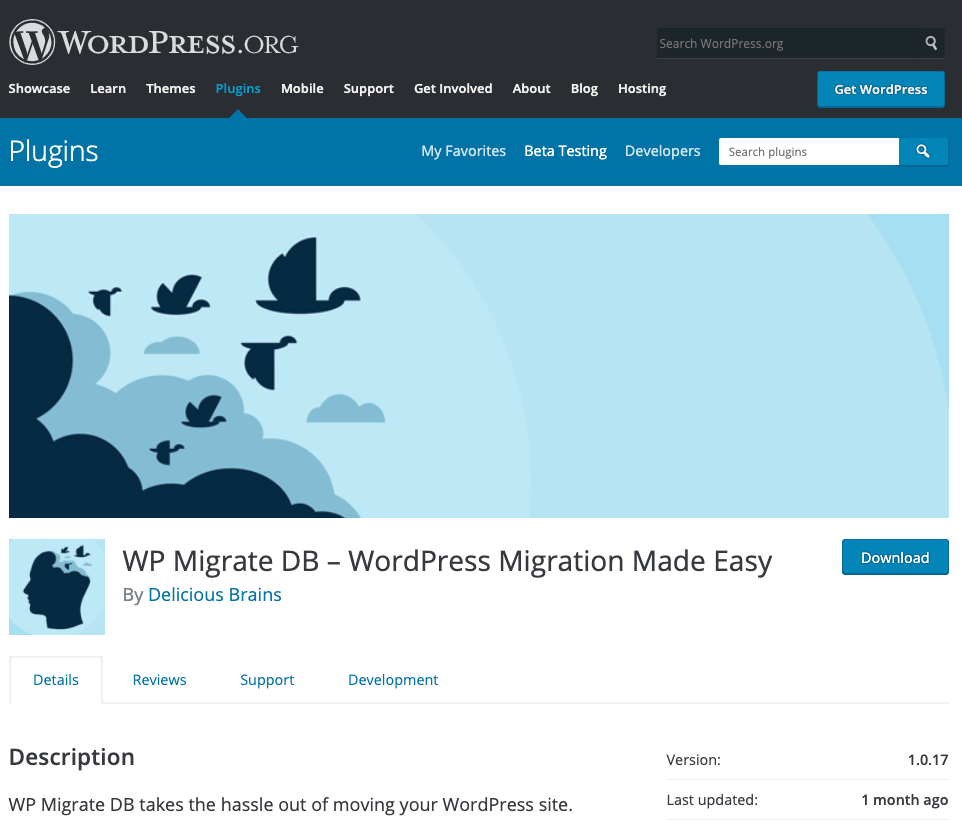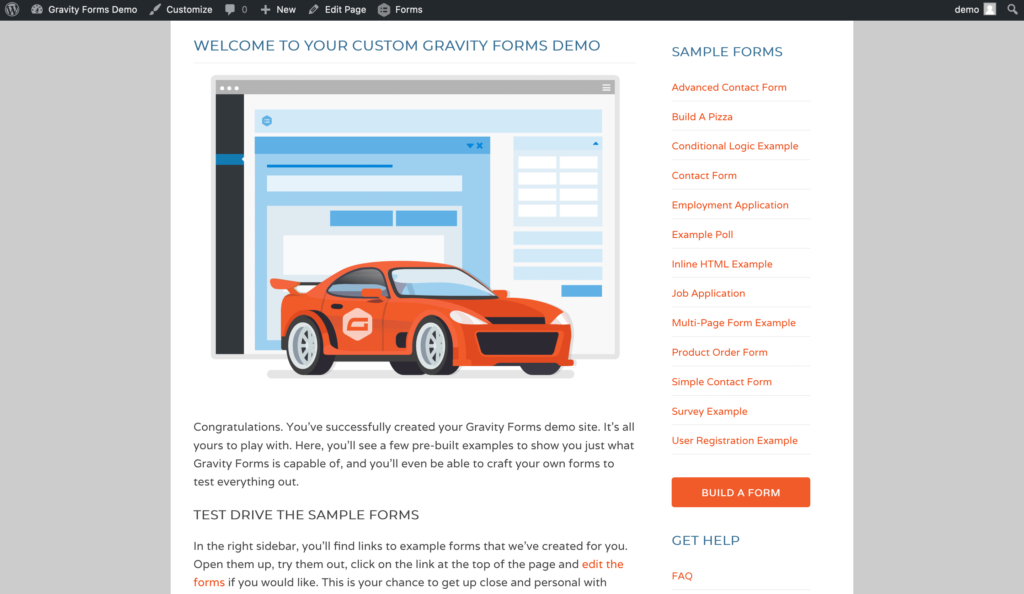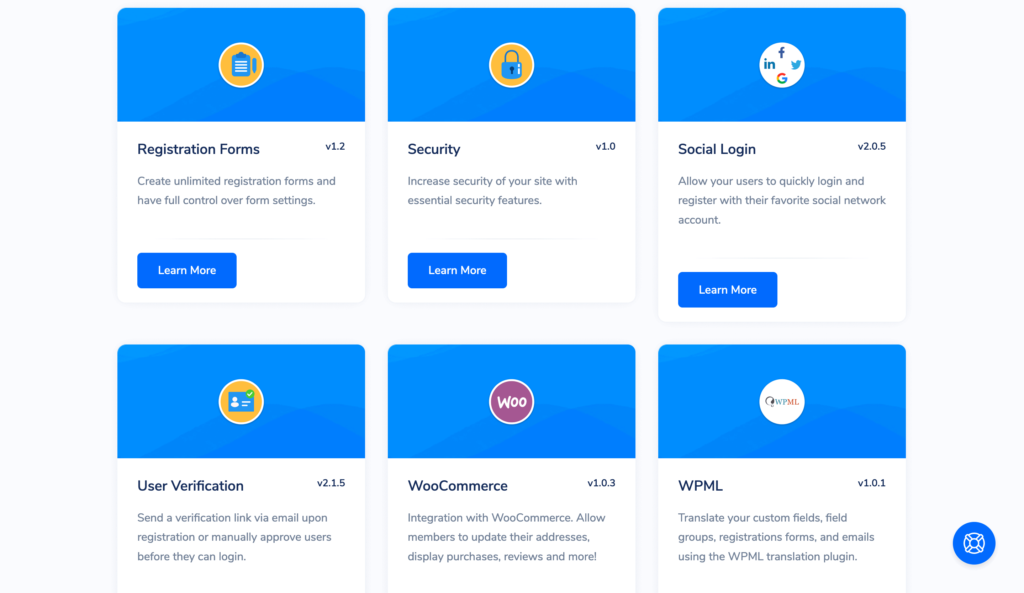Believe me when I say that coding your plugin is the easiest part of your development journey. Almost all of the other aspects of creating a WordPress plugin are tough to get right. This is especially true if you’re not a natural business person. Even so, if you do nothing else, deciding on a ‘freemium’ vs premium business model needs your full attention.
How you decide on your plugin’s business model has a lot of impact on almost every other decision you make. For example, it can affect your marketing, customer support, and of course, your income.
This post is going to help you decide between a freemium vs premium pricing model for your WordPress plugin. Before this, lets chat about the core differences between both options.
What Is the Difference Between Freemium and Premium Pricing Models?
For the unaware, freemium and premium pricing are not the same thing. Of course, this should be evident by the names alone. However, where money is involved, the expectation is that you’ll have to pay sooner or later.
In fact, the split gets complex the more layers you peel away. Here’s a quick summary of the difference:
- Freemium pricing. This is a broad term for a business model that captures users with a free tier, before implementing a cost in the future.
- Premium pricing. From the outset, you pay for the product in question. As such, there’s no ambiguity about what pricing model your customers are using.
While the subject of this post is whether freemium vs premium is the better model for you, I’d argue this isn’t the question you’re asking. I’ll get onto why this is in more detail later. First, let’s clear up a large elephant in the room.
Why Would You Not Release a Free Plugin?
You’ll notice the focus for the article is on a freemium pricing model, not “free”. There are a few reasons why releasing a plugin with no cost attached might be a bad idea:
- The most straightforward reason is that you’ll get zero income from any aspect of your plugin. If you’ve taken the time to create it yet not monetize it, it’s a misstep – especially if you’re hoping to launch a business.
- The user might associate the cost of your plugin (nothing) with its inherent quality. In other words, free stuff often doesn’t have as much value as premium stuff.
- As a developer receiving no compensation for your time and effort, you’re limited in how you can support your plugin’s future. For example, updates could be less frequent, and support might be non-existent.
It’s worth digging into some of these concepts in more detail. Next, I’ll talk about this, and why choosing the right business model is vital.
Why Is Freemium vs Premium Pricing So Important?
At first glance, you might think that choosing between a freemium and premium pricing model makes no difference. As you’ve read so far, this isn’t the case.
I’ve touched on these points already, but in no great depth. Even if you make no other decision on how you’ll support your new plugin, your choice of pricing model should be of prime concern. This is for a few reasons:
- You’ll take a different ‘path’ depending on your choice. For example, your choice of marketplace will differ, and how you offer support may need to change based on your pricing model.
- Your initial income will vary based on whether all users are paying for your plugin. Of course, if there are a batch of users on a free tier, there is no revenue being generated. However, your administration could (and will likely have to) be at a ‘premium’ level.
- The first year or two on the market will be affected by whether you’re capturing a lot of free users and converting them into premium customers.
To touch on this last point further, a premium-only plugin may have a smaller user base and potential generated income at first. In contrast, a freemium model may see you win lots of new users almost straight away, but with less ‘take up’ for your premium offerings. I’ll break this down some more later on.
Are There Any Alternatives to a Traditional Freemium Business Model?
This question goes off into a few different tangents and sub-questions. Let’s try and answer some of the more common ones. By the end, you’ll have a better idea of which pricing model to opt for.
What Is a Traditional Freemium Business Model?
In my opinion, the classic approach to freemium business is to offer a solution with core functionality enabled forever. However, you’ll put some functionality behind a paywall, and this is where your revenue comes from.
For example, take WP Migrate DB. There’s a free plugin on the WordPress Plugin Directory:

Also, there’s a premium version of the plugin that (depending on the plan you choose), lets you push and pull databases between sites, migrate media files, migrate multisite, and run migrations on the command line.
Though, note how this is different to only offering a free plugin, without any monetization. Having a free version on the WordPress Plugin Directory while offering a premium upgrade is a sound strategy:
- There’s an organic audience that you can tap into.
- Your plugin gets an associated ‘trust boost’, given the vetting process’ strive for quality.
- You’re able to use the metrics on display to bolster your authority too.
It’s a difficult model to employ successfully. This rings true when you factor in the Search Engine Optimization (SEO) you’ll need to carry out to optimize your position in the Plugin Directory (something that Plugin Rank can help with).
Given the difficulties, lots of businesses have come up with alternatives that fit their own goals.
When Should I Choose Freemium Over Premium?
This is a difficult question to answer, but there are a few flags for choosing a freemium business model:
- If you have low authority or influence within your niche.
- If you need to rely on social proof that doesn’t yet exist.
- The competition in your niche means that you’ll have trouble standing out as a premium-only solution.
- You have a plugin that can sway a decision-maker to implement it for their team.
If you’re nodding your head to any of these points, you’re likely good to go with freemium pricing. However, cutting out the free tier is also a solid option.
When Is a Premium Pricing Model the Best Option?
The reasons to choose premium pricing are almost a flip of the freemium model:
- If your authority and standing is already established, you’ll likely have an existing user base to market to. This means a free tier is less necessary.
- Your current users will ‘vouch’ for your service provision, which gives you social proof to work with on other projects.
- If your total user base will be small and loyal, it might be worth keeping to a premium pricing model.
Also, if your plugin is feature-rich, there are plenty of ways to hook users into your ecosystem who otherwise would opt for a free tier. For example, free trials can help a user make a decision with a full-featured product. What’s more, a money-back guarantee is also helpful to give the user an ‘out’ if they decide the plugin isn’t for them.

A demo site is a great idea for all but the most lean of plugins. The premium-only Gravity Forms does this well. This gives every user a chance to test your plugin out before spending their money.
Finally, don’t discount collecting emails to build a contact list and potential audience. You can consider signups to be ‘qualified’, which means there’s a higher potential conversion rate for your premium offering.
Are There Any Alternatives to a Traditional Freemium Business Model?
There are, of course, plenty of ways to implement a freemium business model other than by restricting the feature set. For example, plugins such as WP User Manager or Ninja Forms offer a core plugin for free, but use add-ons or extensions boost the functionality.

This is close to a traditional freemium model, but there are other alternatives you can go with. For example:
- Cross-selling products is a popular approach, especially if you have established a solid premium plugin already.
- You can monetize users, traffic, and data while keeping the plugin free. However, this comes with a number of ethical concerns that will affect your own business practices.
There are other business models you can go with, but these encapsulate the majority of freemium pricing strategies. On the whole, as long as you have free and paid tiers, the floor is open to implement a strategy that fits your goals.
Freemium vs Premium – How Should You Pitch Your WordPress Plugin?
To try and summarize what I’ve talked about in the article, let’s recap some of the key points:
- If your plugin offers free functionality, you’re paying for those user’s licenses with your time and effort.
- Freemium business models can be complex, and make for difficult conversions.
- Premium plugins will likely have a smaller, yet more loyal user base. Income will be more stable, and will need more of a long-term strategy (for example, a five-year plan) for success.
- Regardless of your choice of pricing model, the market will be competitive. As such, just because a plugin is free, doesn’t guarantee you a user base.
While I can’t tell you exactly which business model to choose, there’s enough information here to make an educated decision. In short, you’ll need to consider the market and your own authority and standing.
The greater the competition, the more you’ll want to consider a freemium model. Of course, if your plugin does something nothing else will, and users need the functionality, a premium-only approach is going to pay (literal) dividends.
In Summary
Business decisions are not the best use of a developer’s brain. Even so, if you want to sell your latest WordPress plugin, you’ll need to make at least one. Your plugin’s business model is important, as it dictates how the rest of the journey pans out, and how much income you could make.
This post has looked at freemium vs premium and why it matters to the success of your plugin. In short, if it’s your first monetized plugin, a free tier will help you generate qualified users and some income from upgrades. On the flip side, a premium-only approach gives you stability and no ambiguity about how well your plugin is performing.
Are you considering freemium vs premium pricing for your plugin, and if so, which one will you opt for? Tell me about it in the comments section below.
4 years ago
This is a difficult choice to make as a developer. We had no street cred. No "tribe" to market to. No budget to throw at ad buys. So we deployed using the Freemium model. We also had to use the first year to test out pricing models. We are still tweaking. But the Freemium model worked for us and it took 10 months to break even (10K MRR). After our launch in 2018, had to make pricing adjustments. Then we took time to study a lot of SaaS models even though we deployed as a Freemium. Our product is high touch, so we needed to figure out how to be sustainable to be able to hire developers and tech crew who can assist with support tickets. There is a high cost in North America to hiring React Dev who have WordPress experience. So learning how to be sustainable and how to scale is key. Your article affords excellent insight into choices ahead for new developers. BTW, love your product Iain. Really do!
4 years ago
Thanks for stopping by, and thats great to hear you love Plugin Rank!
I think you’re a great example of making good decisions but not being afraid to tweak and experiment. Congrats on the success so far!